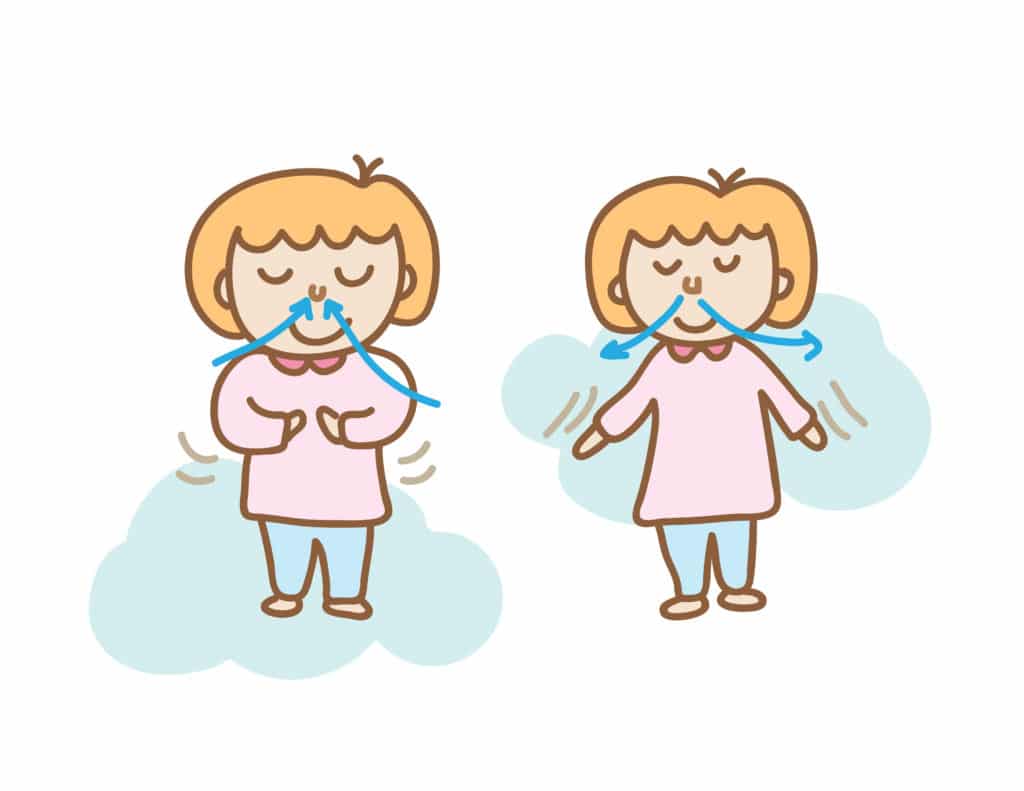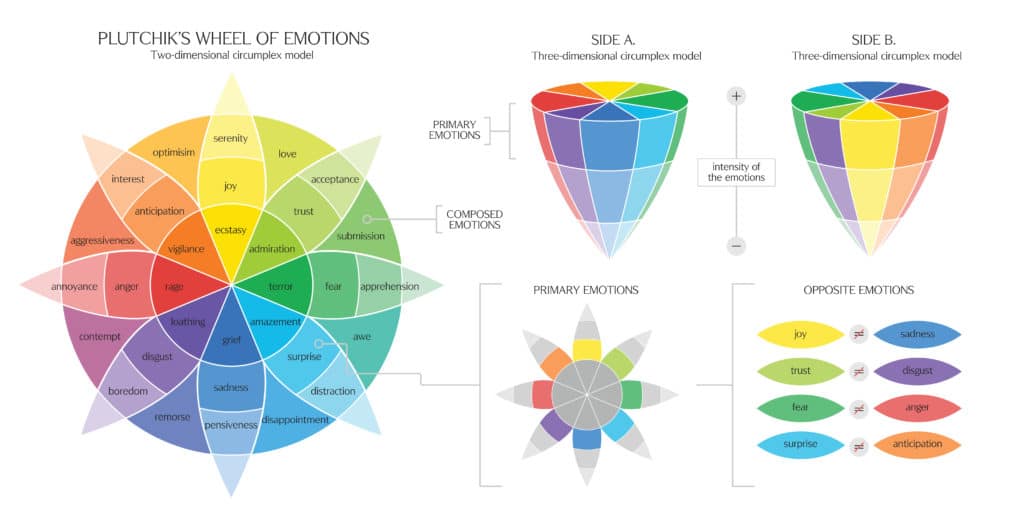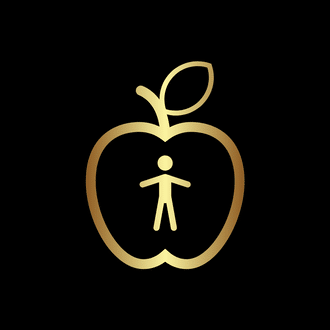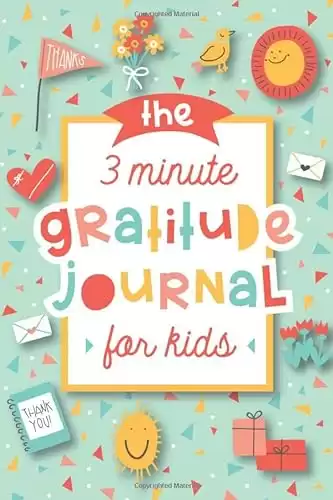Therapist Recommended Anxiety Coping Skills for Kids
Adults are not the only ones who experience anxiety – kids can struggle with it too. If you notice your child experiencing excessive worry or fear, help them cope using proven anxiety coping skills.
Avoid playing down their anxiety, validate their feelings, and let them know it’s normal to feel anxious sometimes. Encourage them to talk about their worries and fears and remind them that they control their thoughts and actions.
Now, you can try some anxiety-coping skills therapists recommend.
Table of Contents
Anxiety Coping Skills for Kids
Deep Breathing for Kids

Anxiety and stressful situations often result in shallow and quick breathing, which can worsen feelings of panic. As a result, the muscles tighten, making it harder to focus. Deep breathing exercises can help slow down the breath, relax the muscles, and calm the mind.
Anxiety cannot thrive when the body is relaxed, so deep breathing can be a powerful tool for managing anxiety.
To do this exercise with your child:
- Have them sit or lie comfortably and place one hand on their stomach and the other on their chest.
- Let them inhale through their nose, filling the stomach and chest.
- Exhale through their mouth, emptying their chest and stomach.
- Continue with slow, deep breaths for at least five minutes or until they feel calmer.
Meditation Apps for Kids
Meditation can be a helpful anxiety coping skill for kids, as it teaches them to focus on the present moment and let go of anxious thoughts.
Many kid-friendly meditation apps, such as Stop, Breathe & Think Kids, and Headspace for Kids, can guide your child through a calming meditation experience.
Check that the app is suitable for your child’s age and interests before downloading, as some more advanced meditations might not be appropriate for younger kids.
Progressive Muscle Relaxation
Like deep breathing, progressive muscle relaxation can promote physical relaxation in the body, leading to a calm state of mind.
To do this exercise with your child, have them lie down or sit comfortably and focus on tensing and releasing different muscle groups. Start with the feet and move up to the neck and face, tensing each muscle group for a few seconds before fully releasing it.
This anxiety-coping skill can also be a helpful tool before bedtime to promote restful sleep.
Exercising When Anxious
Physical activity can improve mood and reduce anxiety symptoms. Have your child engage in some form of exercise, like a short walk around the neighborhood or playing a sport they enjoy.
You can also do exercises with them, such as yoga or a dance party in the living room. The goal is to get their body moving and release some anxiety.
Please note that exercise should not replace therapy or medication for anxiety; it should only be a supplement in managing anxiety symptoms.
Hugs or Squeezes
Physical touch can release oxytocin, a hormone that promotes calm and relaxation. Ask your child to hug or squeeze a stuffed animal or stress ball when feeling anxious.
If you are physically present, hug and remind them that they are not alone in their anxiety. Children need this reassurance and support from their loved ones, and with time and practice, they can manage anxiety on their own.
Pointing to an Emotion Wheel

It can be difficult for children to verbalize emotions, especially during anxiety-inducing situations. Using an emotion wheel, a visual tool to identify and label emotions, can help them communicate their feelings and cope with their anxiety.
You can find printable emotion wheels online or make one together as a family. When your child is feeling anxious, have them point to the emotion they are experiencing and talk about it.
Grounding Techniques
When anxiety overwhelms your kids, and it’s hard to focus on the present moment, grounding techniques can bring your child back to reality.
Have them list five things they can see, four things they can touch, three things they can hear, two things they can smell, and one thing they can taste.
Another grounding technique is to make them focus on their senses and name three things they feel, such as the sensation of their feet on the ground or the feeling of a bracelet on their wrist.
Guided Imagery
Guided imagery is a relaxation technique that uses the power of the imagination to visualize calming and peaceful scenes. Have your child close their eyes and imagine a safe and soothing place, like lying on a beach.
The peace of this calming place can counteract anxiety symptoms and promote relaxation.
This one can be fun and almost like a virtual reality. I do this with my children to help them pick a dream they would like to dream about when they have a nightmare or have a hard time going to sleep.
Positive Self-talk for Kids
As anxiety can often result in negative or self-defeating thoughts, teaching positive self-talk can be a beneficial anxiety coping skill for kids.
Teach your child to replace negative thoughts with positive affirmations, such as “I am strong” or “I can handle this anxiety.” You can also have them write positive mantras on sticky notes to place around the house as a constant reminder.
Journaling for Kids
Writing down thoughts and feelings can be cathartic and provide insight into anxiety triggers and patterns. It is a safe place for kids to express themselves without fear of judgment. Let your child write in it whenever they feel anxious or overwhelmed.
You can also write in the journal together or come up with prompts for them to answer, such as “What is making me feel anxious today?” or “What are three things I am grateful for?”
Other anxiety coping skills for kids may include listening to music, coloring or drawing, and seeking support from trusted adults or friends. Help your child find what works best and remind them that managing anxiety takes time and practice.
Practice Gratitude
A lot of times, we focus on “what is going wrong” and also “what we do not have.” Instead, we can focus on all that we are grateful for, giving our minds more positive information to pull from.
Start small, and you can use a gratitude journal to help you and your child keep track of all the small blessings you may be overlooking.
Research shows that gratitude is an effective treatment for improving our mood. When we struggle with anxiety or depression, we resemble a low mood due to fear/worry or a lack of motivation.
Gratitude gives us that mood boost and extra energy to get done what we want.
- The 3 Minute Gratitude Journal is a guide to cultivate an attitude of gratitude for children. It is a self exploration journal designed to focus on being thankful for what we have, the big things in life, as well as the simple joys.
- Each well designed and kid-friendly daily spread contains space to list out three things you are thankful for, a person who brought you joy and how you felt about your day.
Start Practicing These Coping Skills With Your Kids
Regularly practicing anxiety-coping skills with your child can help them manage their anxiety healthily and effectively. Don’t wait until anxiety becomes overwhelming – incorporate these skills into your child’s daily routine and be supportive in their journey to managing anxiety.
Remember that anxiety is different for everyone and may require professional help. If your child’s anxiety is interfering with their daily life, consider seeking support from a therapist or healthcare provider.
Originally posted 2022-11-13 19:50:12.
Megan Santiago
Latest posts by Megan Santiago (see all)
- How to break a Fever - March 10, 2024
- 5 Reasons You Need Vitamin C for Adrenal Fatigue+ Tips for Healing - January 3, 2024
- 8 Natural Research-Backed Ways to Cope if You’re a Hypochondriac - January 3, 2024

